(ECNS) -- China has lifted household registration restrictions for social insurance enrollment in employment locations, according to a guideline published by China's top economic planner, the National Development and Reform Commission (NDRC) on Tuesday.
The document outlines the direction and key focus areas for building a unified national market, incorporating numerous important measures and requirements, such as removing barriers, building connections, and drawing bottom lines.
Wu Sa, deputy director of the Economic Research Institute affiliated to Academy of Macroeconomic Research under the NDRC, said that building a unified national market is a top priority among the new round of reforms and a fundamental system for a high-level socialist market economy. He said that overcoming bottlenecks in the market system would help reduce transaction costs, drive technological innovation, and promote industrial upgrading.
Removing barriers
If the national market is seen as a large plot of land, but each region has fenced off its own small section, which obstructs the flow of market resources, building a unified national market requires removing these fences.
According to the guideline, regions must ensure the free cross-regional flow of goods and production factors. The guideline prohibits regions from setting unreasonable barriers that prevent local businesses from offering goods and services to other parts.
Since free flow of talent is critical in building a unified national market, the guideline stipulates that regions should not impose policy barriers related to household registration, location, identity, personal dossiers, or employment relationships that hinder the movement of talent.
Wu told China News Network that talent is the most proactive and innovative resource, and that these new measures would promote the rational flow and efficient allocation of talent resources.
Building connections
Building a unified national market requires connections on both physical infrastructure and institutional frameworks, both of which are crucial.
To address the issue of disruptions and bottlenecks in transportation infrastructure, the guideline requires that regions focus on addressing dead-end roads and eliminating bottlenecks in the national highway and waterway network at provincial border areas.
Efforts should be intensified to remove barriers to inter-regional transportation infrastructure, according to the guideline.
Besides, to address the issue of inconsistent regulatory standards across regions, the guideline requires that regions clarify the responsibility chain among market regulatory departments, industry authorities, and aw enforcement agencies, and standardize data collection criteria, formats, and fields across different regulatory bodies.
Drawing bottom lines
The guideline emphasizes several “must-nots,” setting clear boundaries and red lines, with corresponding responsibilities to be borne if these are violated.
It stipulates that regions must not violate national regulations by implementing investment attraction policies that offer preferential treatment in areas such as finance, taxes, pricing, land, and resource/environmental policies.
Wu believes that the key to implementing these policies is for local governments to adopt a “national unified strategy” mindset. Governments should not focus solely on local or sectional interests, but rather consider the broader national and overall interests.
The NDRC emphasized strengthening the uniformity of fundamental systems and rules, ensuring the high-standard connectivity of market infrastructure and a fair and unified market regulation. Additionally, it aims to eliminate local protectionism and market fragmentation.
The unified national market is closely connected to the lives of ordinary people. A high-level integration of goods and services markets would provide better quality products and services, improving consumer welfare.
From a global perspective, China’s effort to build a unified national market is not about closing its doors and operating in isolation, but openly embracing global opportunities. This approach would strengthen its confidence and resilience in responding to changes and exploring new possibilities.

















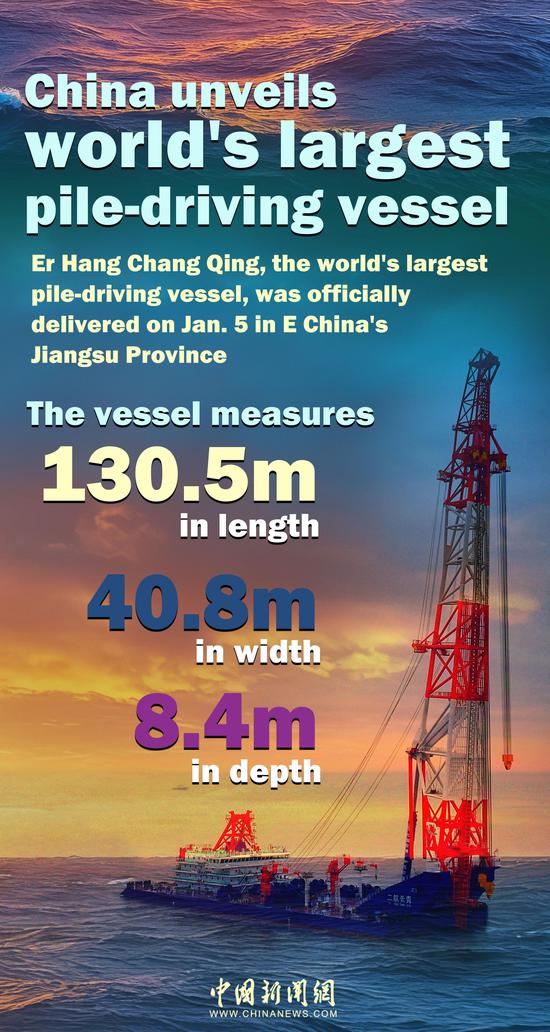
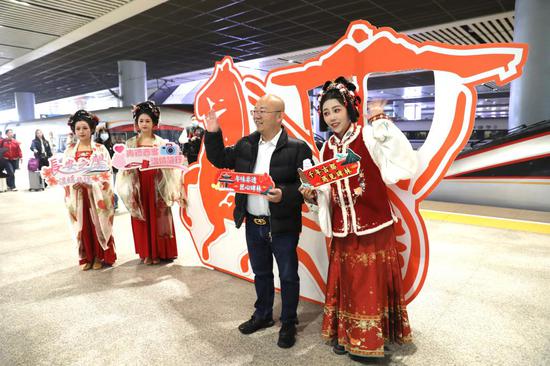
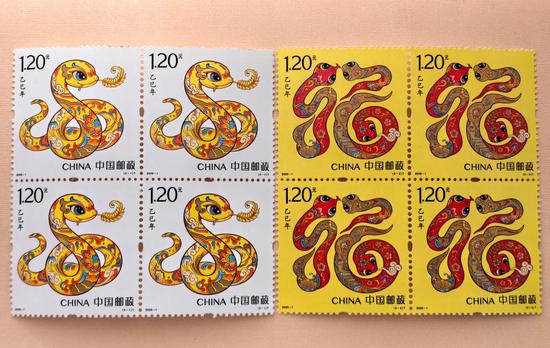



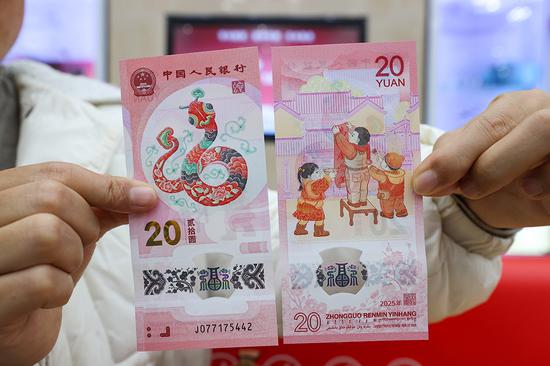

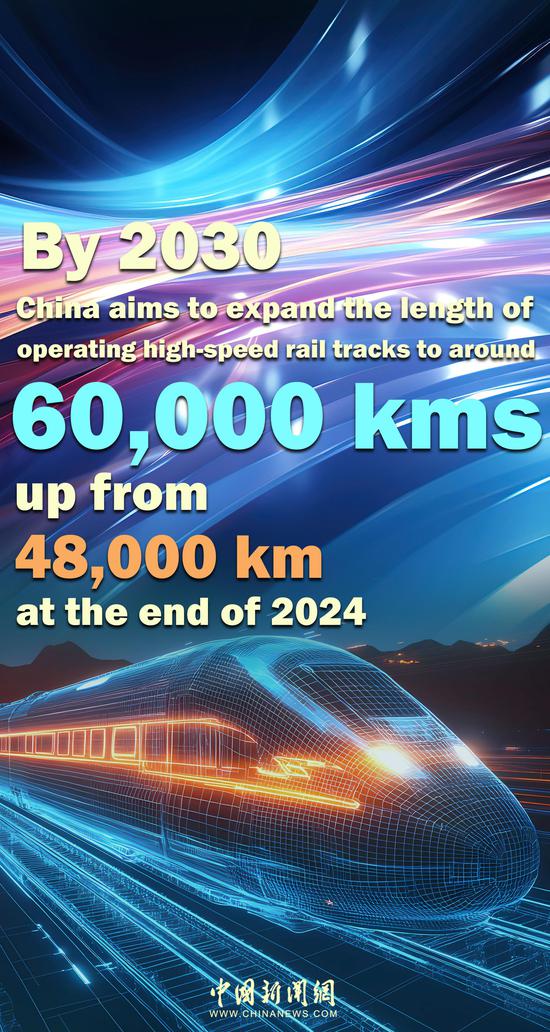








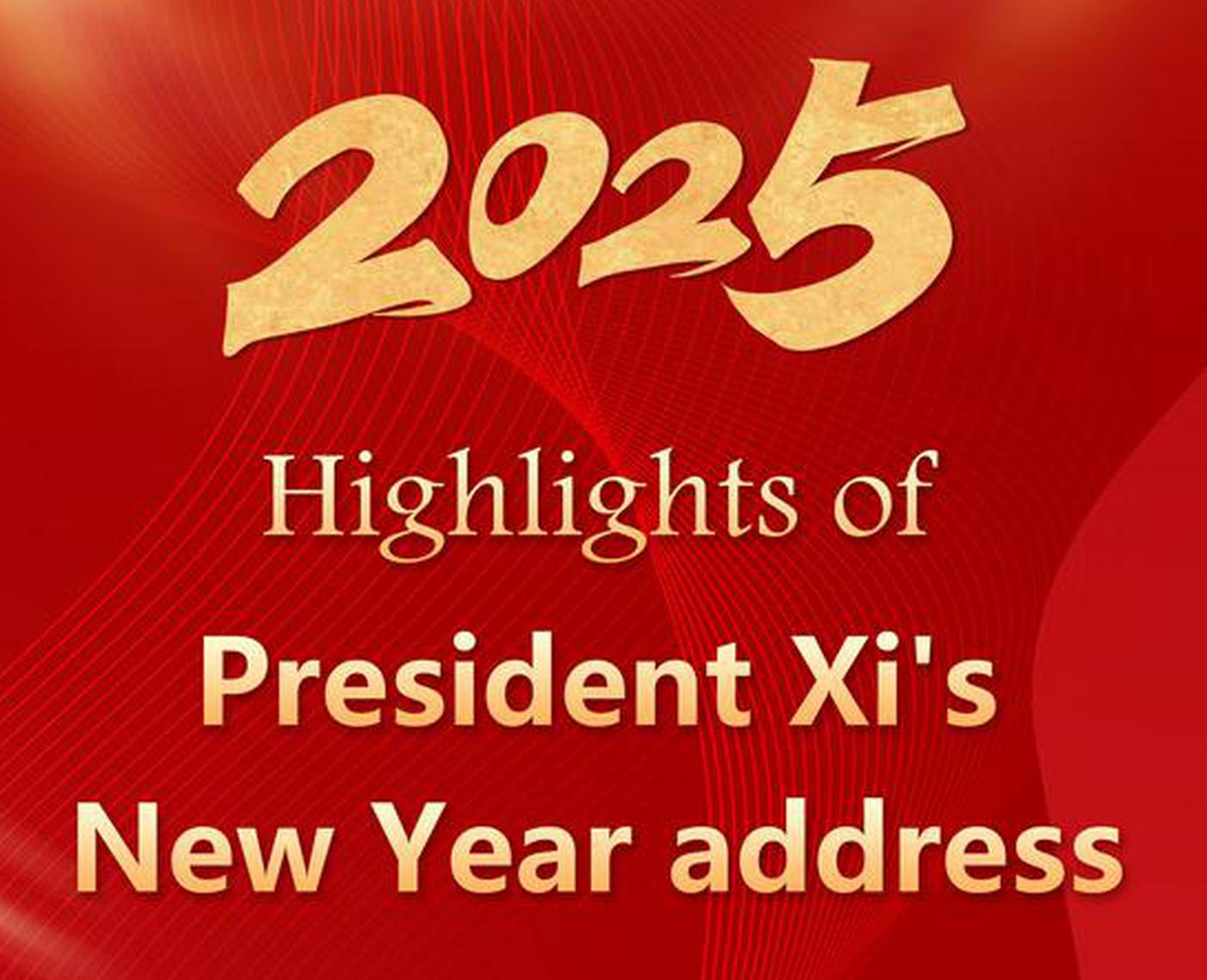


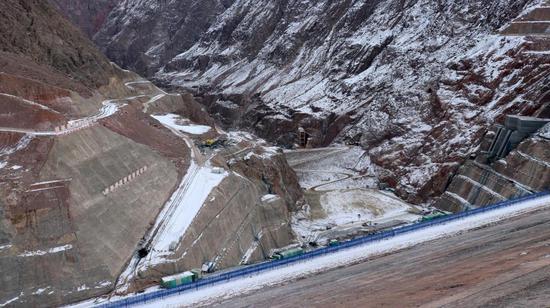

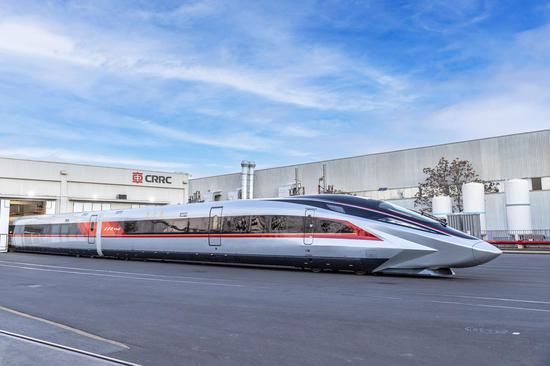



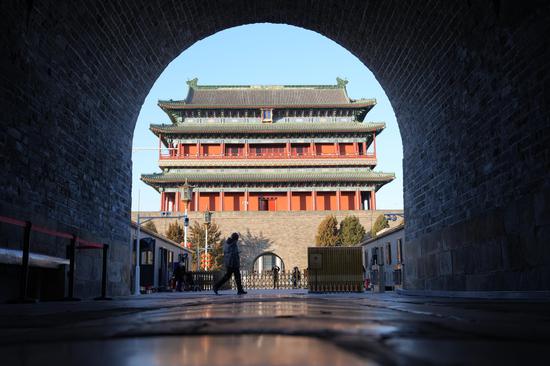


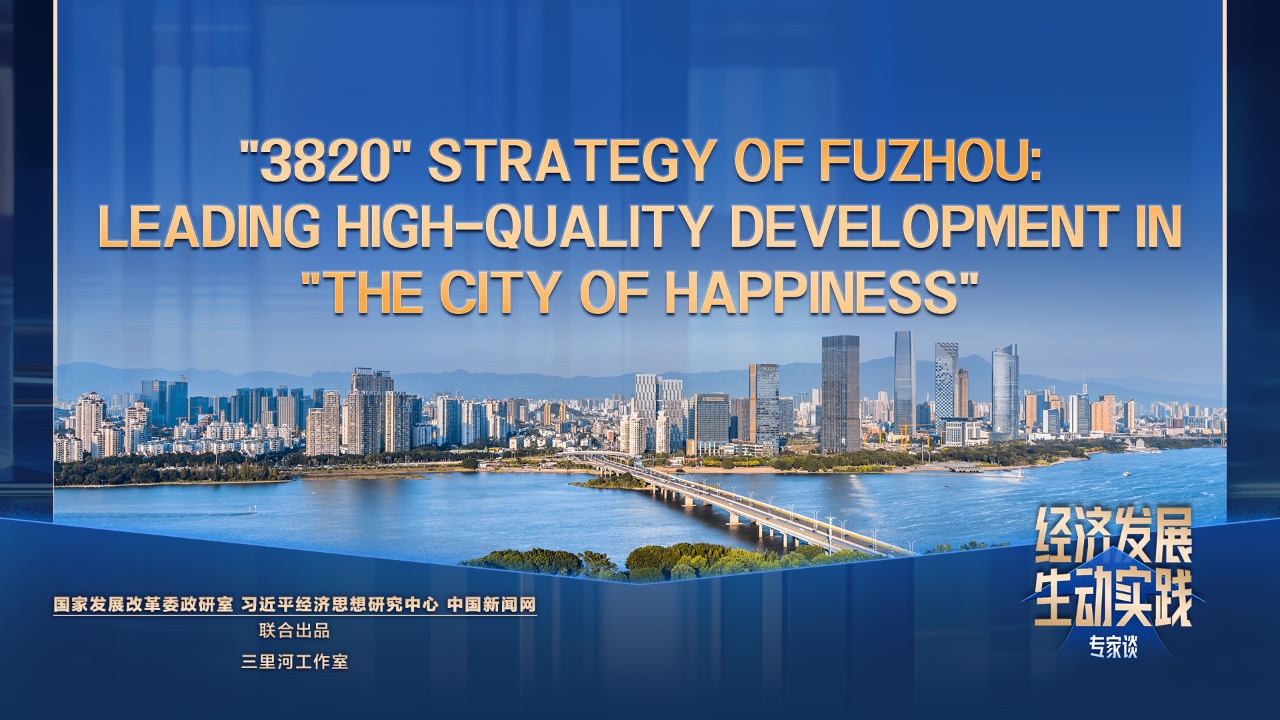



 京公網安備 11010202009201號
京公網安備 11010202009201號